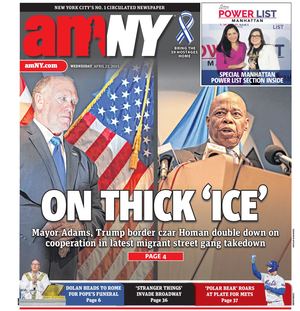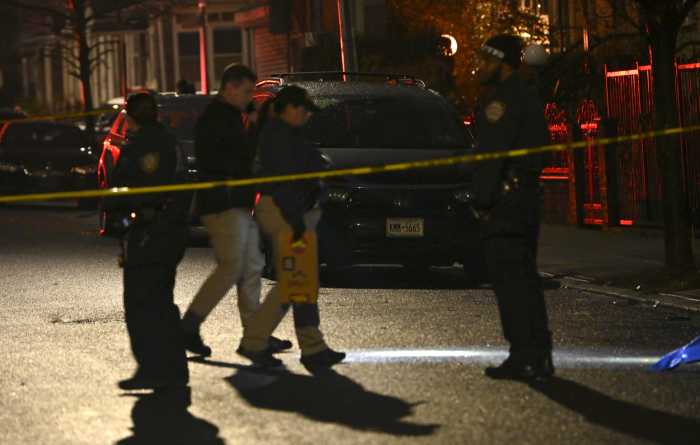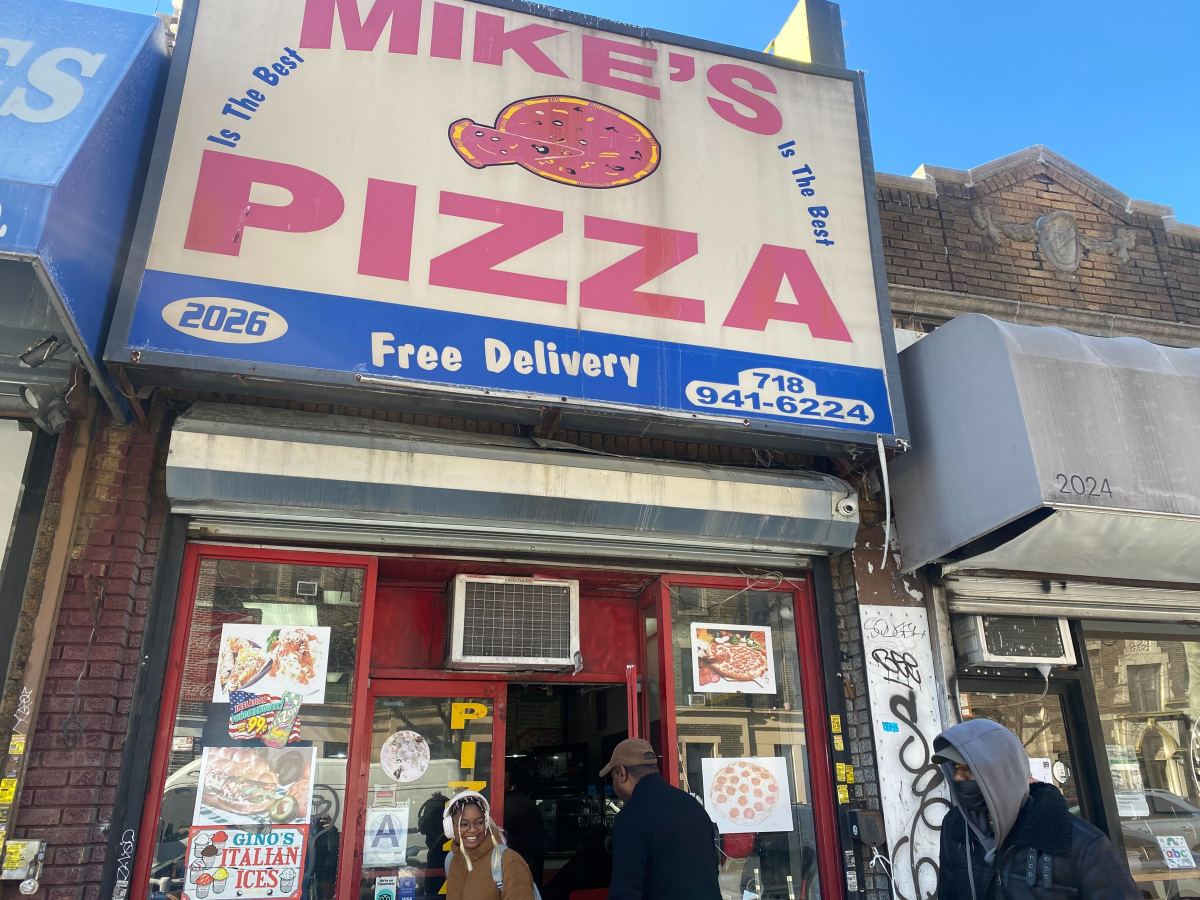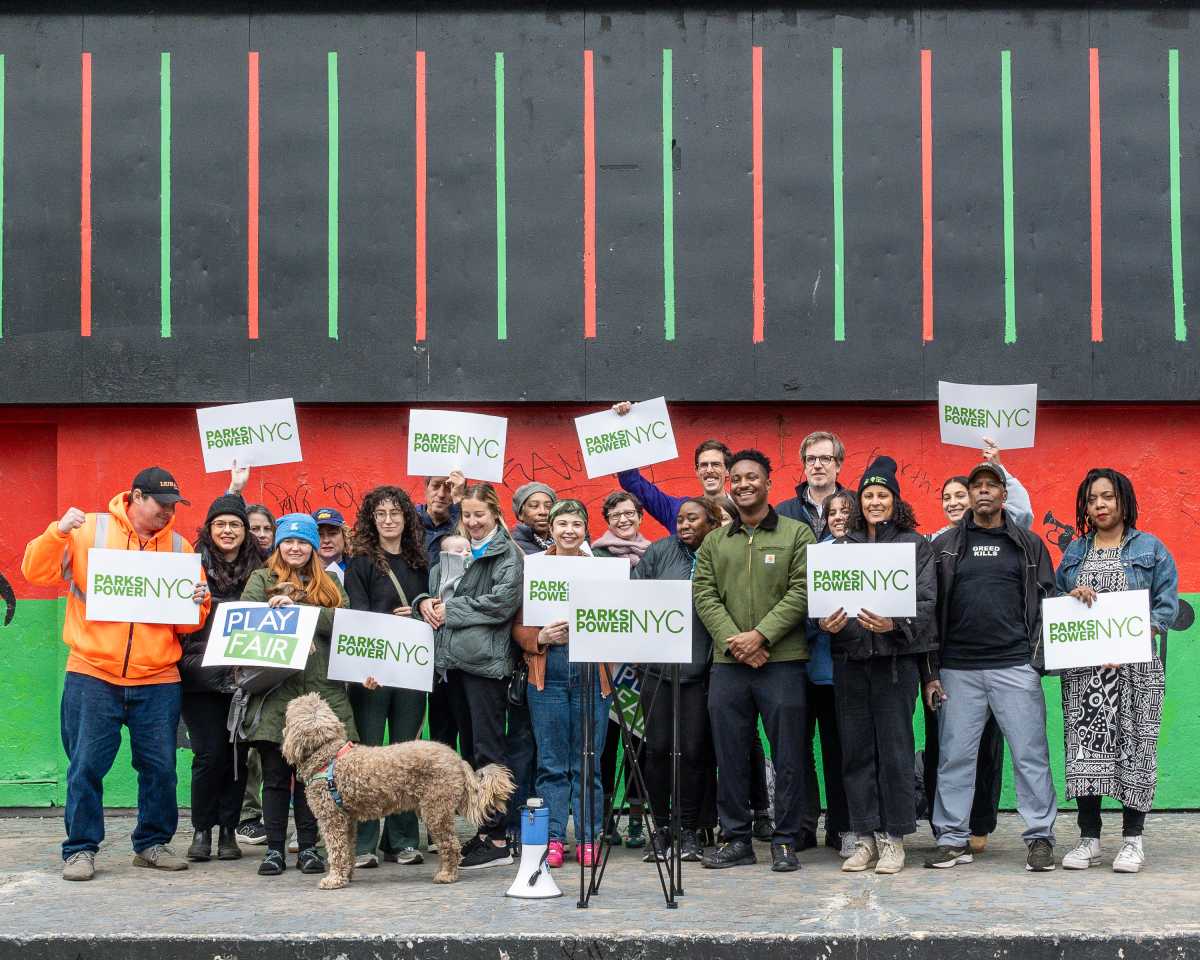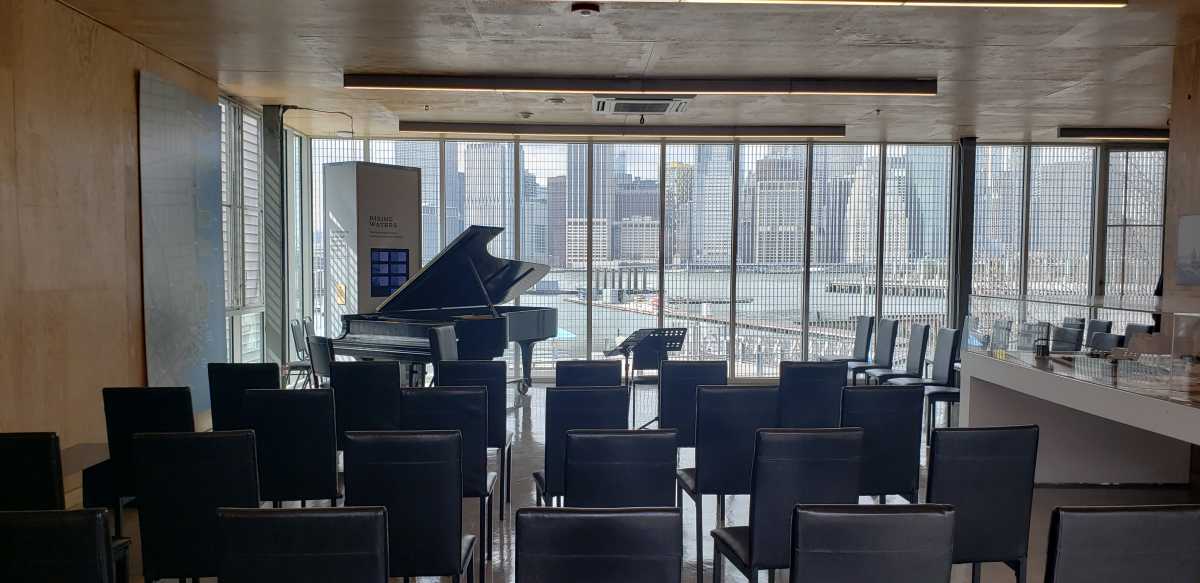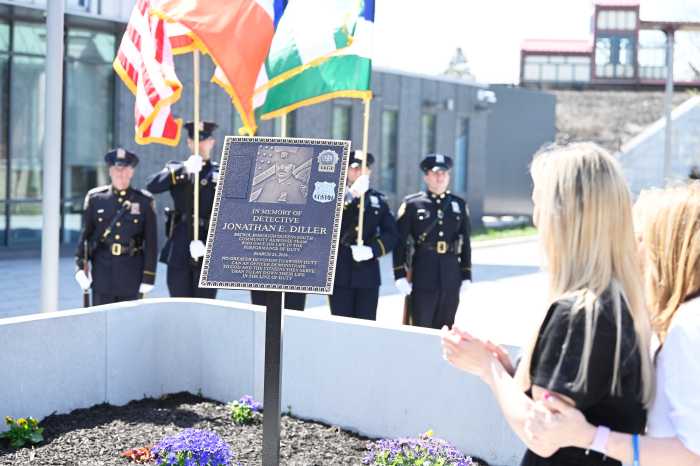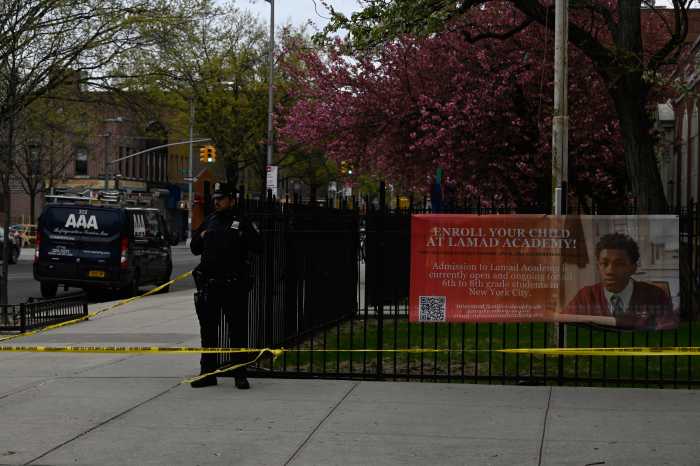Transit advocacy groups and a plethora of Brooklyn-based organizations are urging the city to revamp a major corridor to help alleviate its painfully slow bus speeds.
The Riders Alliance, along with a group of iconic institutions in the borough, penned a letter to the NYC Department of Transportation (DOT) on Tuesday urging Commissioner Ydanis Rodriguez to implement a plan that was proposed last year to include a bus lane that would improve speed and reliability on Flatbush Avenue.
The authors, including representatives from the Riders Alliance, Brooklyn Botanic Garden, 1199 SEIU, the Prospect Park Alliance, and other groups, wrote in the letter that it is time to move forward with a “robust” plan to speed up rides along the often-congested street, which is known to many borough residents as the “spine of Brooklyn.”
And it is not just traffic that slows down the buses, but double parkers, too, transit advocates said.
“We write as institutional leaders and representatives of New York’s workers and working families to urge you to implement bus priority on Brooklyn’s Flatbush Avenue this year,” the letter states. “As you well know, Flatbush has long been slated for better buses, and the service too often crawls today.”
More than 132,000 people board 12 MTA bus routes along Flatbush Avenue. The B41 alone serves over 28,000 average daily riders, according to city statistics.
Although the DOT has not yet finalized a bus-lane plan for the street, three options are being considered: lanes running alongside the curb; lanes running in the center of the roadway; and offset lanes that would have parking between the bus lane and sidewalk.
Danny Pearlstein, policy and communications director at the Riders Alliance, said a center lane would be the most ideal choice for the most heavily congested part of the 9.9-mile Flatbush Avenue, which is between Downtown Brooklyn and Prospect Park.
“Center lanes are the best way to speed up buses along busy arteries like Flatbush Avenue,” Pearlstein said. “Brooklyn riders have been waiting long enough and the borough’s leaders agree that now is the time for fast, reliable service.”
But whatever option is chosen, the authors of the letter said DOT has been silent on the issue for months, though department officials have said they support implementing a design plan this year.
A DOT spokesperson told amNewYork on Wednesday that work on a design is in progress, and they will share more information soon.
“We appreciate the support for faster and more reliable buses on Flatbush Avenue,” the spokesperson said. “We have been refining our design proposal and look forward to sharing more soon with the local elected officials, community boards, and other stakeholders.”
Delays can ‘spill over into assaults on operator’
Meanwhile, the letter noted that better bus service is about more than faster commutes and speedy rides. The authors alluded to stress and anxiety from slow service, and delays can become a public safety issue.
“Anxiety and frustration that result from delays in service can unfortunately spill over into assaults on operators and fellow passengers alike,” the letter stated. ”Cultivating and maintaining a safe work and travel environment begins with respect. Prioritizing buses on crowded city streets sends a message that operators and riders are valued members of the community, whose time is recognized as important, and whose dignity is valued just as much as someone in a private vehicle.”

A Riders Alliance survey of 1,800 Brooklynites last year found that bus delays can cause other adverse trickle-down effects.
Bus delays have hurt 91% of city bus riders in and around Flatbush. Two out of three riders have endured long waits in inclement weather, and half of those who responded to the survey admitted to paying for car service because the bus was way too late.
The problems are even more dire, as the report showed one in three riders said they have been fired, reprimanded, or docked pay at work because of bus delays.
However, there is a bright spot in the survey. About 85% of riders said they would shop or dine on Flatbush Avenue if buses were more reliable.
“The bottom line is that there is an overwhelming demand for change,” the letter stated.
